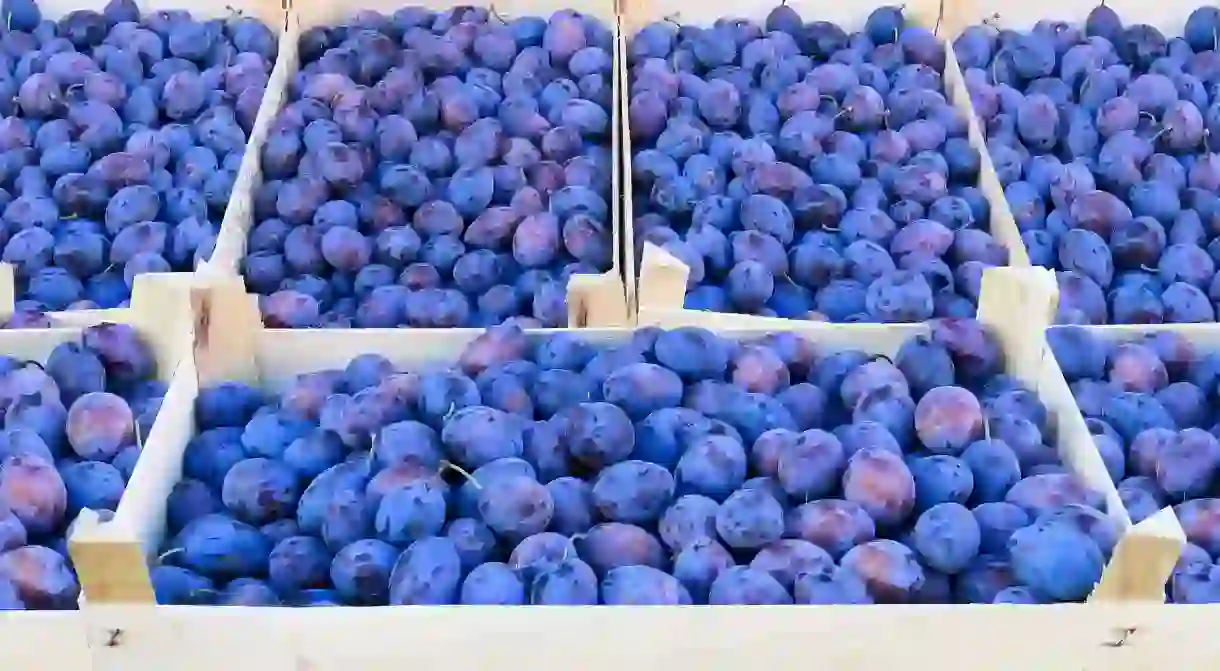Why Plums Are Sacred to Serbian Culture

They say the best place to build a house is wherever a plum tree will grow, and while plenty of other factors should be taken into account it is clear just how important the fleshy fruit is to life in Serbia.
The use of ‘plum’ as another way of saying something is desirable, carries extra weight in the proud Balkan nation.
Plums, plums, everywhere
It is difficult to posit a genuinely accurate number, but Serbia is thought to be home to over 40 million plum trees. For the curious, that means there are more than five plum trees for every individual in the country. China produces the largest amount of plums on the planet, but for a country 124 times smaller, Serbia more than holds its own. Romania is the only country in Europe that produces as much of the fruit as the Serbs.
The central region of Šumadija is king when it comes to domestic production in the nation, the fertile lands around Kragujevac, Jagodina and the rest providing the perfect climate for the blue gold to flourish. Čačak and Valjevo are particularly productive on the plum front, and popular types have since gone on to take the names of those famous towns.

King of the kitchen
Plums dominate the traditional Serbian kitchen, in a variety of ways. No kitchen table is complete without a bowl full of the things, and no other fruit comes close to matching its dominance. Jars of plum marmalade and jam fill the shelves too, and the spreads are predictably an integral part of any breakfast time in a traditional Serbian household. Plums are also used in dumplings, or are simply dried out to provide another variation on theme.
The national pastime, the national drink
Plums are a frequent presence on any kitchen table, but it is the liquid form that is undoubtedly the most popular at home and abroad. The importance of rakija in Serbian life is well documented and the strong spirit is considered to be the cure for everything, although we’d argue that the fruit fermented brandy is just as guilty of being the cause as it is the cure.
There are plenty of popular flavours of rakija, but plum once again stands tall at number one. Called šljivovica, plum flavoured rakija is almost ubiquitous throughout the country. In many ways the term ‘rakija’ has become a byword for šljivovica, and you’ll likely have to specify if you are looking for a different form of the stuff.
Most hostels in Belgrade and beyond will offer a shot of the stuff as a welcome drink, and no celebration in the country is complete without at least far too much of the stuff being imbibed, as everything under the sun is toasted with increasing enthusiasm. The hangovers are absolutely miserable, but somehow they manage to be worth it.

Serbia turns blue
Plums are beloved in Serbia all year round, but September is the time when the blue gold well and truly takes over. Šumadija once again becomes the centre of activity, as plum lovers old and young descend upon the region to take part in events and enjoy festivals that have the fruit at their centres.
The best such celebration takes place in the small town of Osečina, home to less than 12,000 people but all manner of plum extravaganzas. The plum fair in the town is legendary, with the finest fruits from all over the country presented in the Kolubara town.

Serbia’s blue gold
Plums are everywhere in Serbia. They can be found on plates, in bottles, on flags and throughout the countryside, with many rural families living alongside their own plum orchards for personal use. It is unlikely you will visit the country without at least one glass of šljivovica passing your lips and creating an almighty party in your stomach, so it is best to embrace the national fruit and enjoy yourself.














